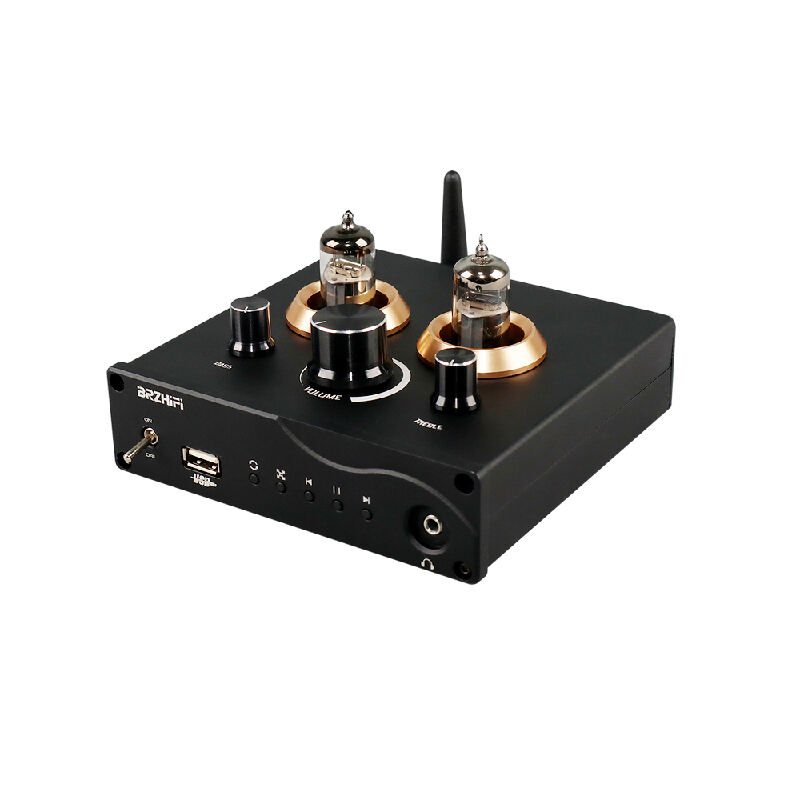
تتطلب أنظمة الترفيه الحديثة تكنولوجيا متطورة تدمج بشكل سلس بين المكونات الصوتية والبصرية لتقديم أداء استثنائي. وقد ثوّرت اللاعبون الذكية طريقة تجربتنا لمحتوى الوسائط المتعددة من خلال دمج تقنيات متقدمة...
عرض المزيد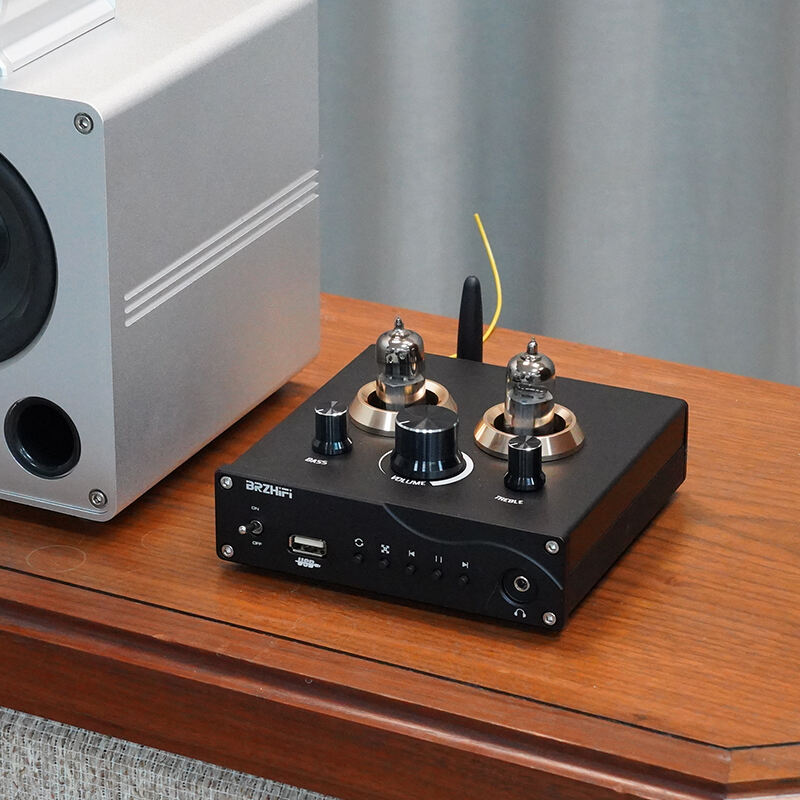
تتطلب أنظمة الترفيه المنزلية الحديثة إعادة إنتاج صوت عالي الجودة يمكنه تحويل أي مساحة معيشة إلى بيئة صوتية غامرة. ويُعد مشغل رقمي فاخر حجر الزاوية في تجارب الصوت الاستثنائية، حيث يوفر صوتًا بلوريًا...
عرض المزيد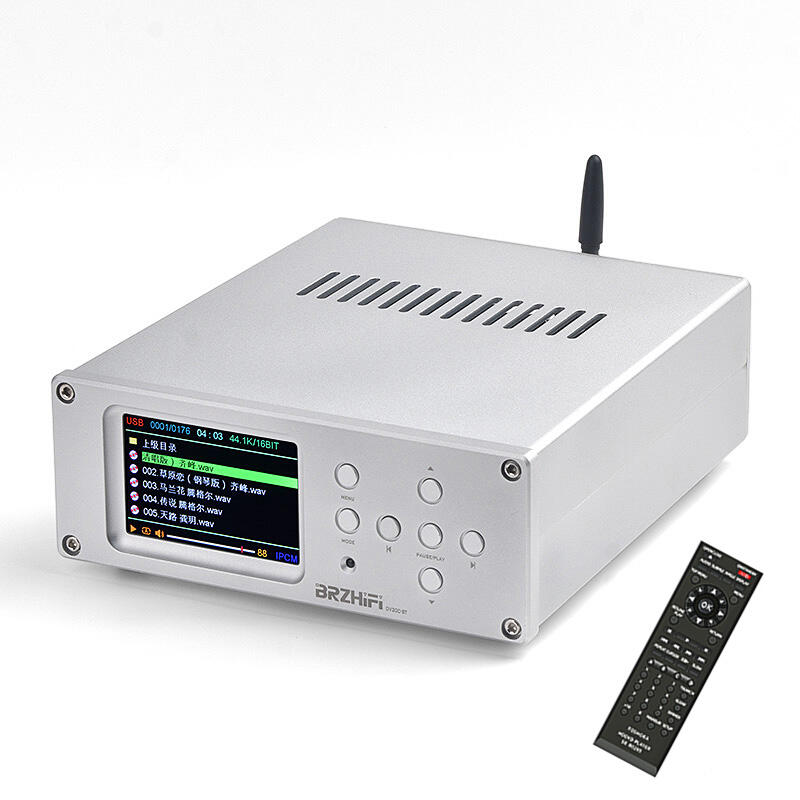
لقد تطورت أنظمة الترفيه المنزلية الحديثة تطوراً كبيراً على مدى العقد الماضي، مع تحوّل التقنيات الصوتية والمرئية المتطورة لكيفية تجربتنا للوسائط في مساحاتنا الحياتية. وفي قلب هذه الأنظمة المتطورة يقع المضخم الرقمي...
عرض المزيد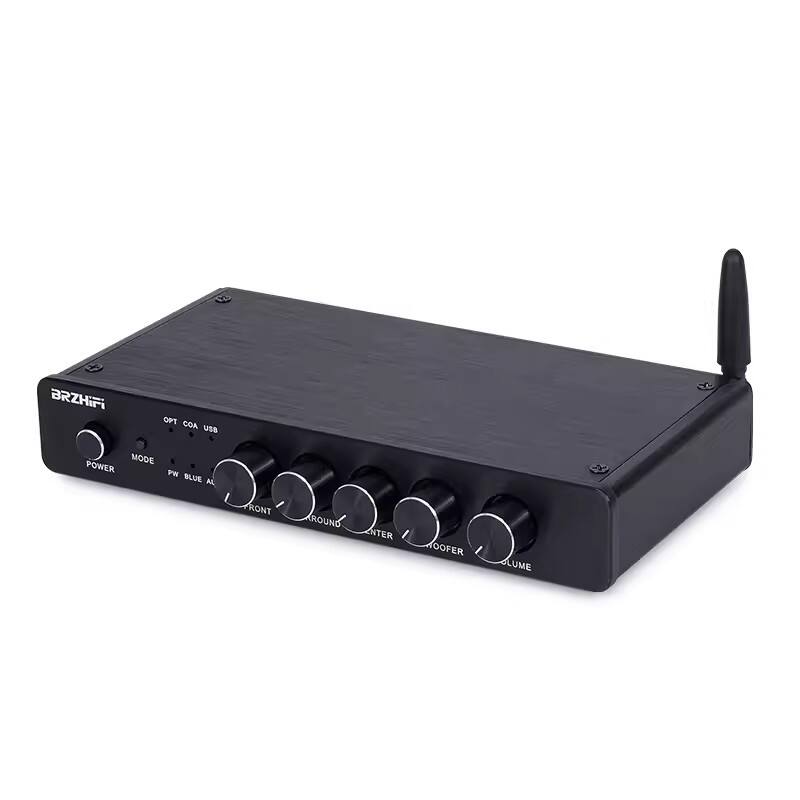
تمتد سحر السينما إلى ما هو أبعد من الصور الرائعة، وتشمل مشهداً صوتياً معقداً يحوّل المساحات المعيشية العادية إلى مراكز ترفيه جذابة. ويُنشئ نظام الصوت المحيطي للسينما المنزلية بيئة صوتية غامرة...
عرض المزيد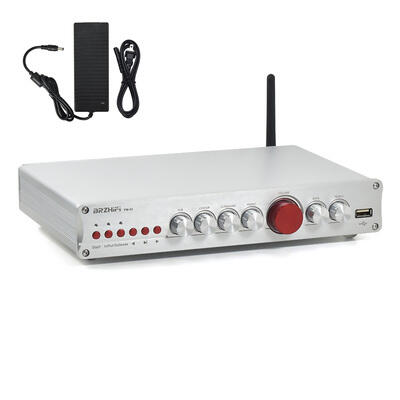
يتطلب إنشاء تجربة ترفيهية استثنائية في المنزل مراعاة دقيقة للمكونات التي تشكل نظام السينما المنزلية الخاص بك. تكمن الفروق بين الترتيب المتوسط والنظام الفائق المتميز حقاً في جودة العناصر...
عرض المزيد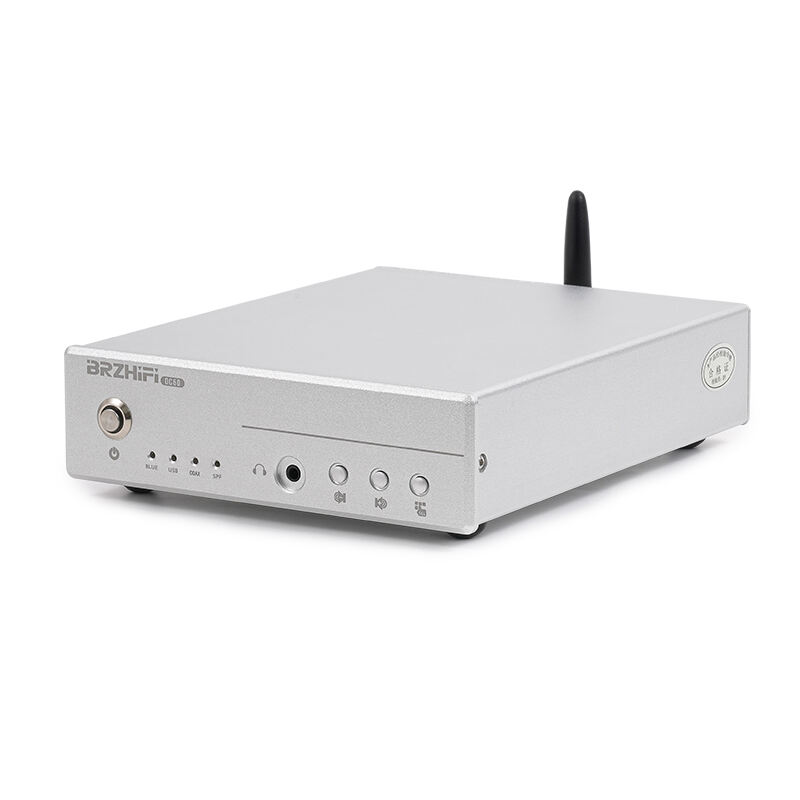
إطلاق جودة صوت فائقة من خلال التضخيم، تقدم عالم الصوت عالي الدقة إمكانيات لا تنتهي لهواة الموسيقى الباحثين عن تجربة استماع مثالية. وتقع في قلب هذه الرحلة أداة حاسمة غالبًا ما يتم تجاهلها وهي...
عرض المزيد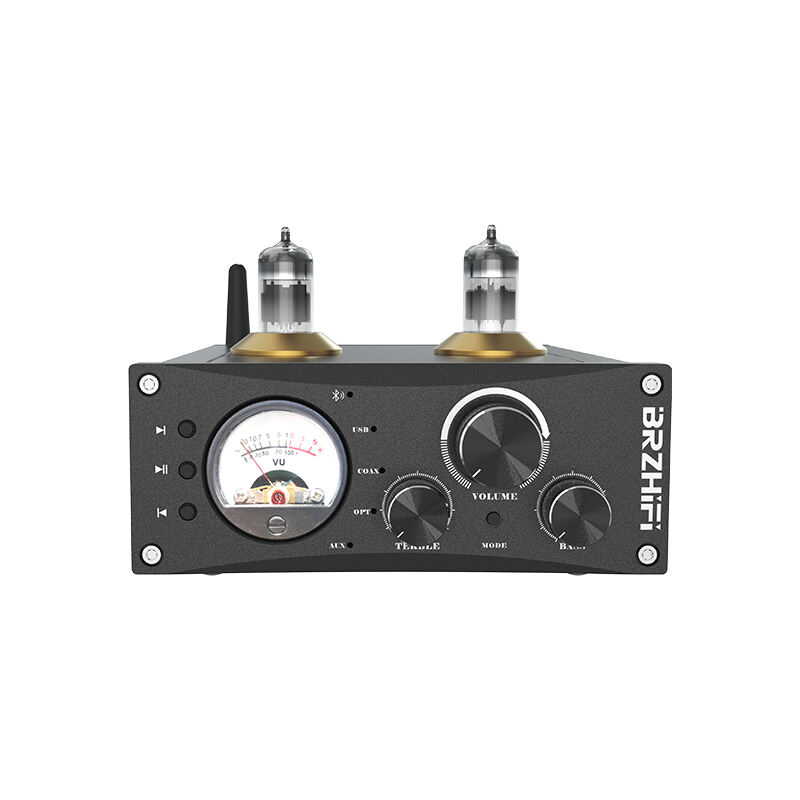
فهم تطور تقنية تضخيم الصوت، شهد عالم تضخيم الصوت تقدماً ملحوظاً على مدار العقود، مما غيّر طريقة استمتاعنا بالصوت في منازلنا وstudios وقاعات الحفلات. وتؤدي المُضخّمات دوراً أساسيًا في...
عرض المزيد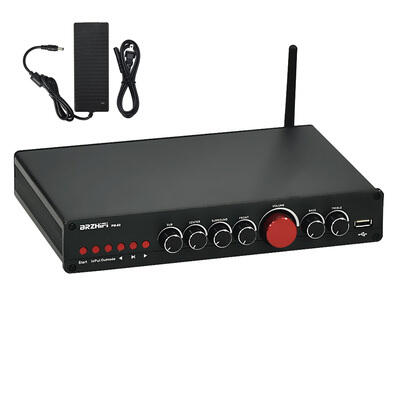
تطور التميّز الصوتي في العصر الرقمي، شهد عالم تضخيم الصوت تحولاً ملحوظاً على مدار العقود الماضية. ومع استمرار تطوّر التكنولوجيا، برزت أنظمة المُضخّمات الرقمية كحجر أساس في الأنظمة الصوتية الحديثة...
عرض المزيد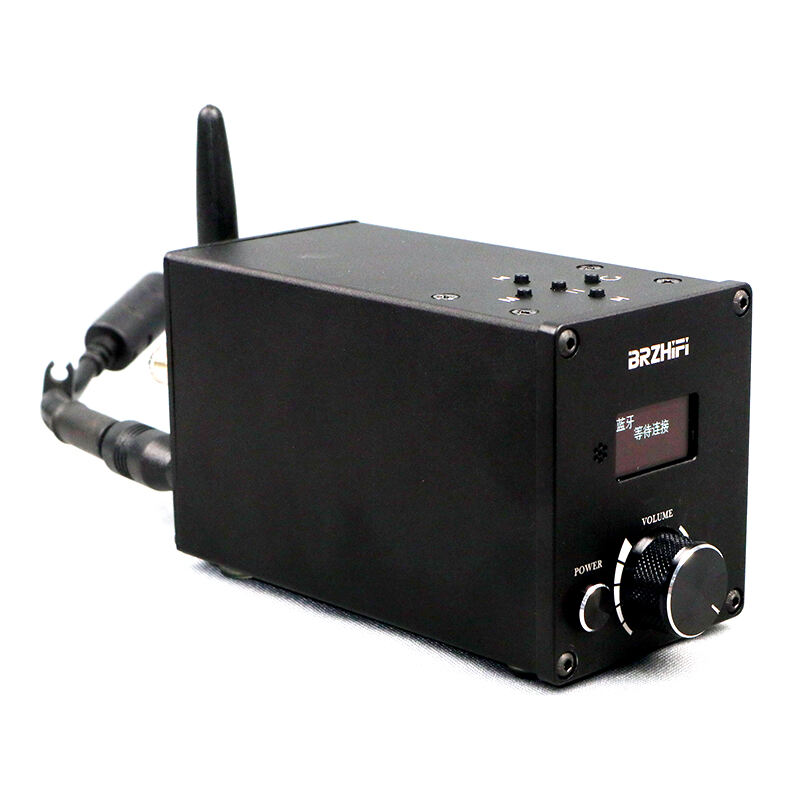
تطور تكنولوجيا الصوت في العصر الرقمي: شهد عالم الصوت تحولًا ملحوظًا مع ظهور المكبرات الرقمية. وقد أحدثت هذه الأجهزة المبتكرة ثورة في طريقة تجربتنا للصوت، حيث تقدم مستويات غير مسبوقة من الوضوح والدقة.
عرض المزيد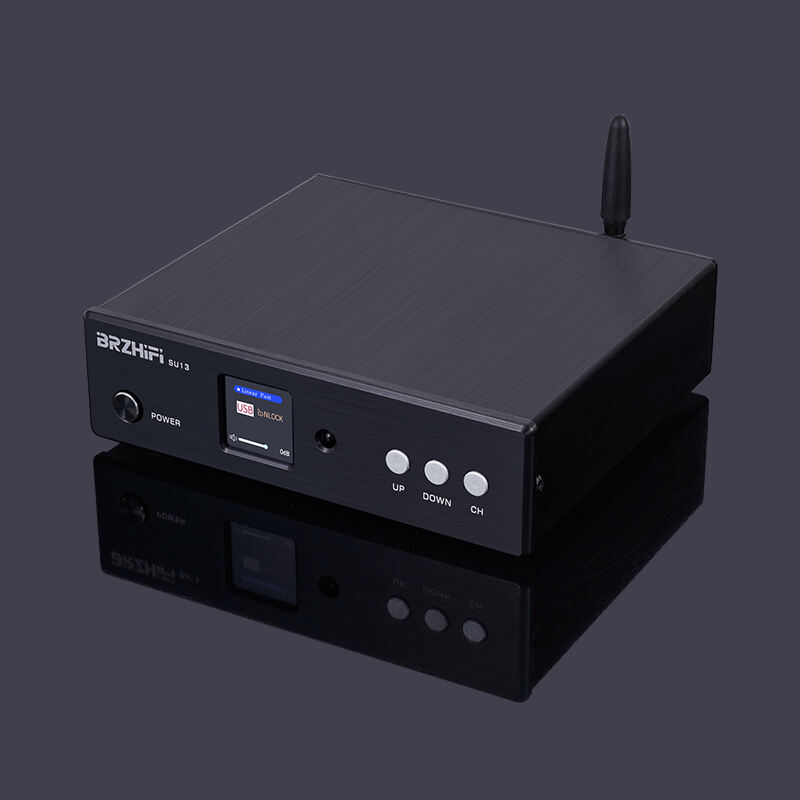
فهم السحر وراء تحسين الصوت الفاخر: إن عالم الصوت عالي الدقة هو مجال تُعد فيه كل نغمة دقيقة مهمة، وتلعب مكبرات الصوت للسماعات دورًا محوريًا في تقديم تجربة استماع استثنائية. هذه الأجهزة المتطورة...
عرض المزيد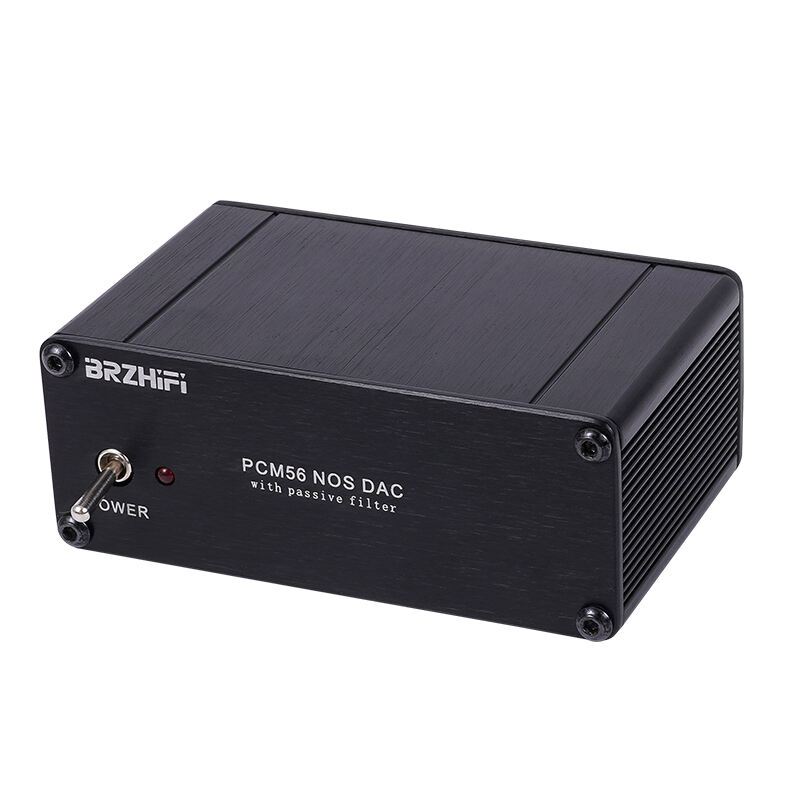
فهم مكونات معالجة الإشارات الرقمية في عالم الإلكترونيات الرقمية ومعالجة الإشارات، يلعب المرسلات والمحولات الرقمية إلى التناظرية (DACs) أدوارًا مهمة ومتباينة. وعلى الرغم من أن كلا المكونين يتعاملان مع الإشارات الرقمية، فإن أغراضهما...
عرض المزيد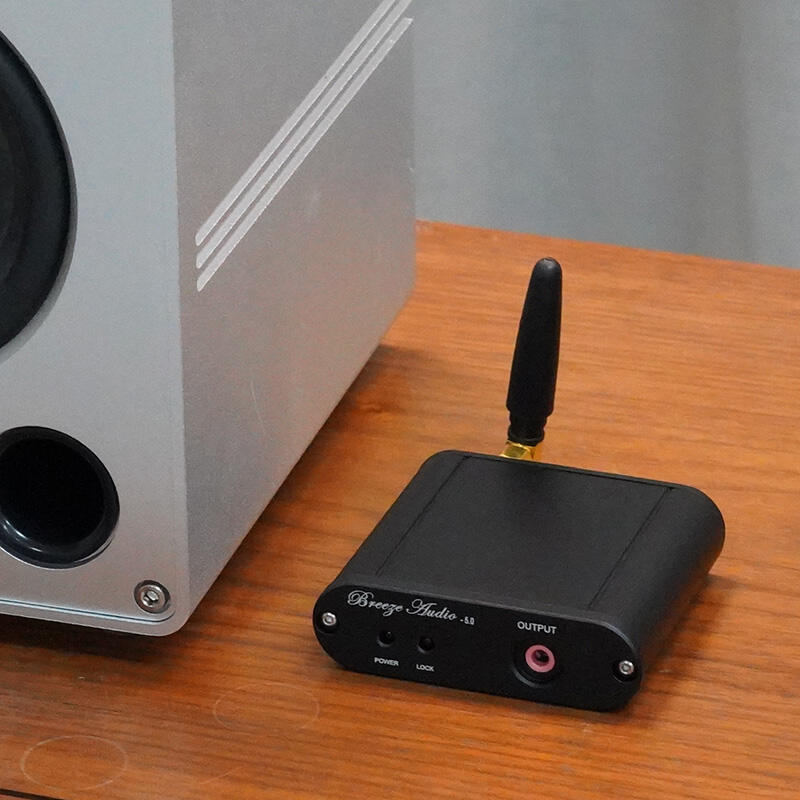
فهم الأثر الثوري لمعالجة الصوت الرقمي، لقد تم تحويل عالم تقنية الصوت بفضل مرسلات الصوت، وهي مكونات رقمية متقدمة تقوم بترجمة بيانات الصوت المضغوطة إلى صوت نقي وواضح. هذه المكونات الأساسية تُسهم...
عرض المزيد